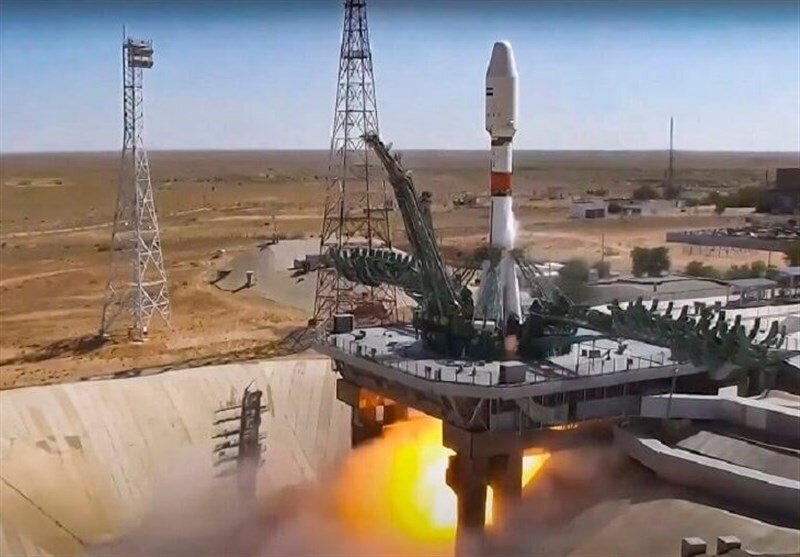TEHRAN — In what seemed like a technological turning point, Iran launched a new satellite into orbit that should elevate the country’s aerospace capabilities.
Tuesday was not an ordinary day in Iran; it marked a turning point in the Iranian aerospace industry. Iran’s domestically-made satellite, Khayyam, was lifted into orbit by a Russian Soyuz rocket from the Baikonur space station in Kazakhstan.
The remote sensing satellite, named after Persian polymath Omar Khayyam (1048 – 1131), provides Earth observation datasets with a resolution of around one meter, according to the Iranian Space Agency. The data produced by the satellite will be used for peaceful purposes, including agricultural land monitoring, water resource management, natural disaster management, mining exploration, natural resource and border monitoring and finally planning. territorial.
According to the agency, the control and operation of Khayyam, which was developed in cooperation with the Russian Federation, will be carried out by Iranian experts based in ground stations linked to the Ministry of Communications and Information Technology. (ICT) and in the territory of the Islamic Republic of Iran.
The satellite was built while Iran is still under US sanctions. Three countries were involved in the process of putting Khayyam into orbit in clear defiance of US sanctions. This partly explains why Iranian officials hailed the satellite as a remarkable achievement. Iranian President Ayatollah Seyed Ebrahim Raisi described as honorable and authoritative the successful placing of the Khayyam satellite into orbit, receiving messages, controlling and managing data by Iranian experts.
The president also pledged to reverse the backlog of Iran’s aerospace program, saying his administration “intends to catch up in this area and in the future we will see new achievements in this area unveiled, which which will make a great contribution”. environment, mining exploration, natural risk management and border surveillance.
The breakthrough Iran made with Khayyam came amid Western propaganda against Iran’s drone capabilities. Iran has taken new steps in building state-of-the-art drones and satellites, a move that has raised alarm bells in the West and some regional capitals.
In mid-July, US media accused Iran of supplying drones to Russia. “We have information that the Iranian government is preparing to supply Russia with several hundred drones, including weapons-capable drones,” US national security adviser Jake Sullivan told CNN at the time.
Citing U.S. officials, CNN also said Iran had begun presenting the Shahed-191 and Shahed-129 drones, also known as drones or unmanned aerial vehicles, to Russia at Kashan airfield in south of Tehran in June.
“We assess that an official Russian delegation recently received a showcase of attack-capable Iranian drones,” Sullivan added.
On Wednesday, CNN went so far as to say that Russian experts have started training on drones in Iran in recent weeks.
“Over the past few weeks, Russian officials have been conducting training in Iran as part of Iran’s drone transfer deal to Russia,” a US official told CNN.
Western propaganda has come at a time when Iran has already declared that it does not support the war in Ukraine and believes that the war should end with dialogue. This propaganda could be aimed at undermining Iran’s technological advances. But Iran has made it clear that it will not stop development of its technology under any circumstances, and Khayyam is the latest evidence of this.




